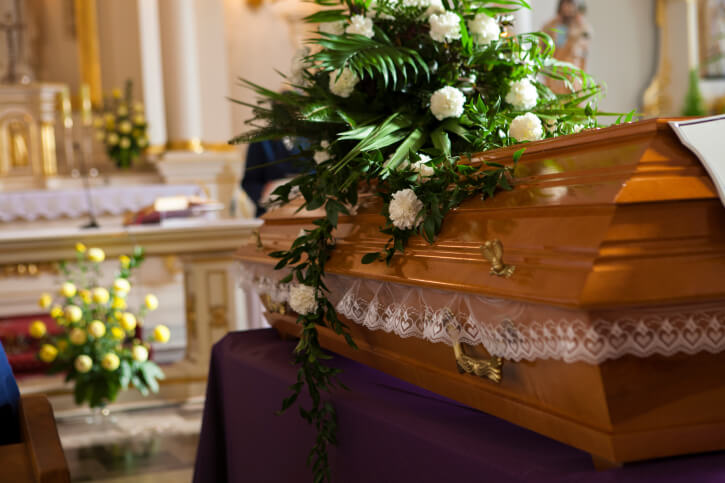
A Guide to Funeral Traditions: Visitations and Viewings
What Is a Visitation?
In most traditions in the U.S., funerals break down into three common sections: visitation, funeral, and burial. The visitation is usually done first. Also known as a viewing or wake, it’s done before the funeral. Depending on the tradition, it can be done right before the funeral or can last for three days beforehand.
There are also other traditions in addition to the timing of a visitation or viewing. The casket can be open or closed, though some situations may necessitate a closed casket. It can also be only open to close family, or a general visitation.
To help you make funeral plans, here are the most common traditions when it comes to visitations.
Anglican/Episcopalian
Whether or not a viewing is held is largely up to the family. There are also no set traditions on the details of the viewing.
Baptist
Viewings are customary in Baptist tradition. They may either be held at the funeral home or the church, and are often open casket.
Catholic
There is a period of visitation. Traditionally this was done at the church, but today it’s often done at a funeral home. The Vigil Service is done during the period of visitation.
Eastern Orthodox
A priest will prepare the body, then begin the First Panikhida to start the wake. Traditionally it would last three days leading up to the funeral, but today usually only lasts one. The wake has very specific prayers and readings from the book of psalms.
Hindu
Hindu tradition holds with cremation instead of burial. A wake, or visitation, is held before the body is removed for cremation. The body is displayed during the wake, and family and friends recite hymns and mantras.
Jewish
In Jewish tradition there is no visitation, viewing, or wake. After the ritual preparation is finished, the body is placed in a casket that is to remain closed at all times except for verifying identity. Starting on the day of the funeral, close relatives “sit shiva”, staying at the house of the deceased to receive visitors.
Lutheran
The option for a visitation or viewing is up to the family of the deceased, and it can take place at the funeral home, mortuary, or family home. If there are going to be any fraternal, civil, or military rites, these are done at the viewing.
Methodist
It’s up to the family whether or not they want to hold a visitation or viewing. That being said, the funeral service is primarily religious, so any fraternal, civil, or military rites need to be performed either at the viewing or the burial.
Muslim
Muslim tradition holds that the body should be buried as soon as possible after death, so there is no viewing or visitation.
Presbyterian
The option for having a visitation is up to the family. However, different religious institutions and pastors will have different preferences for the location. Some prefer visitation in the funeral home, while others prefer them in the church.